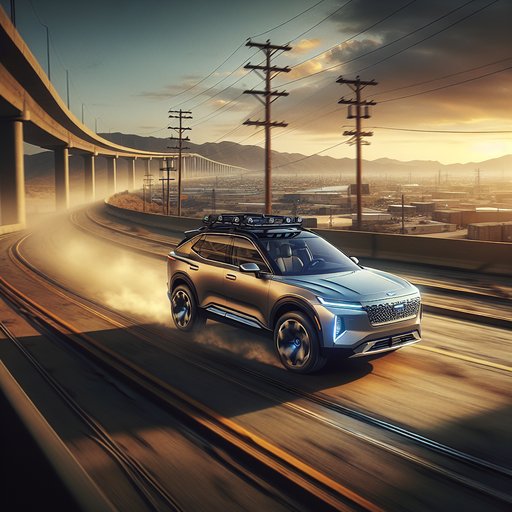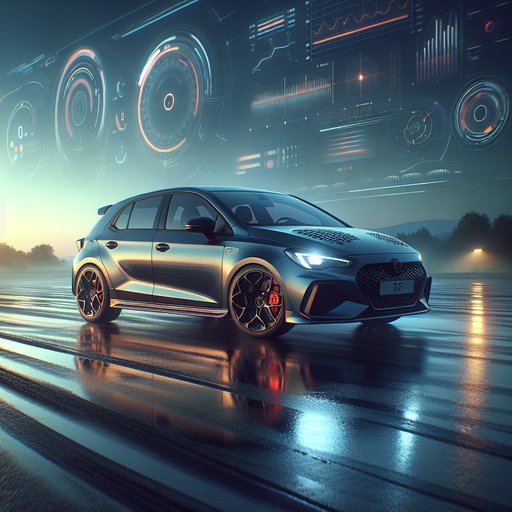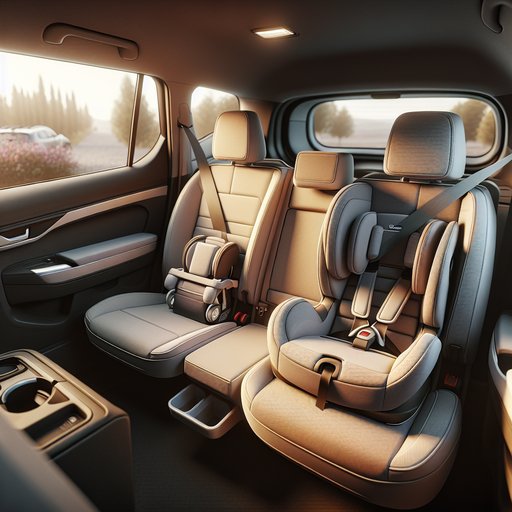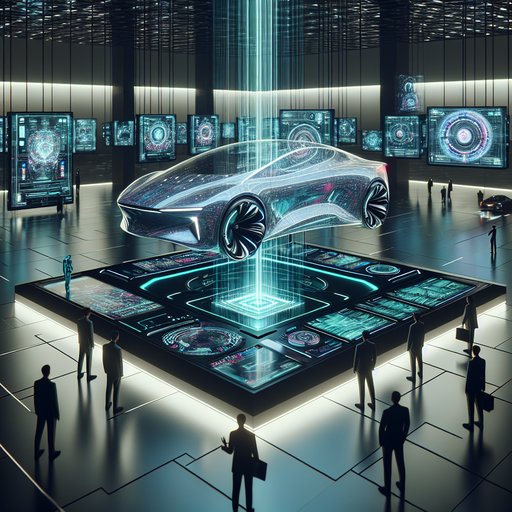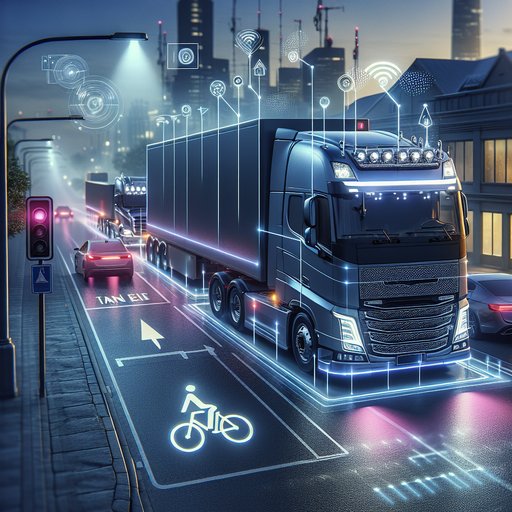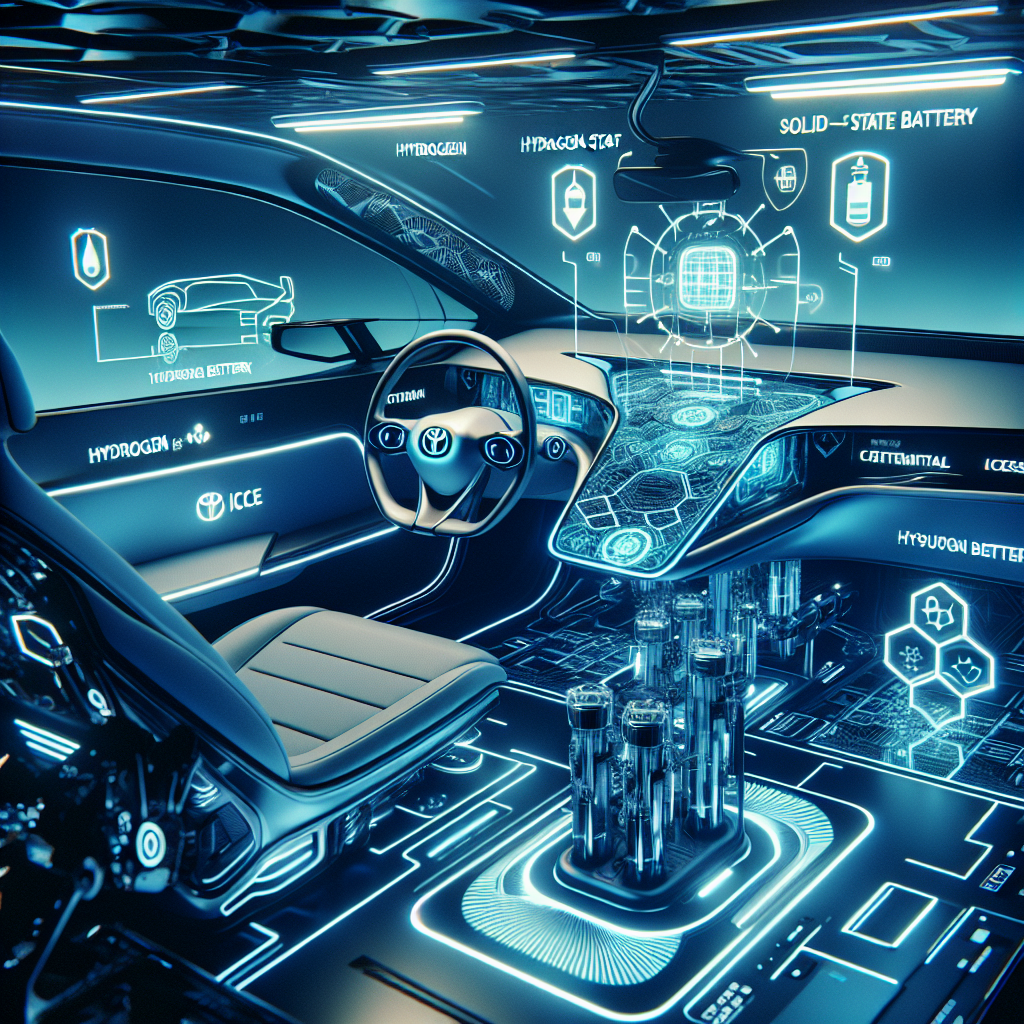
In a significant move that challenges the industry's singular focus on battery electric vehicles, Toyota is pursuing a two-pronged approach to future mobility. The Japanese automotive giant is making substantial investments in both hydrogen technology and solid-state batteries, demonstrating its commitment to diverse powertrain solutions for different applications [1].
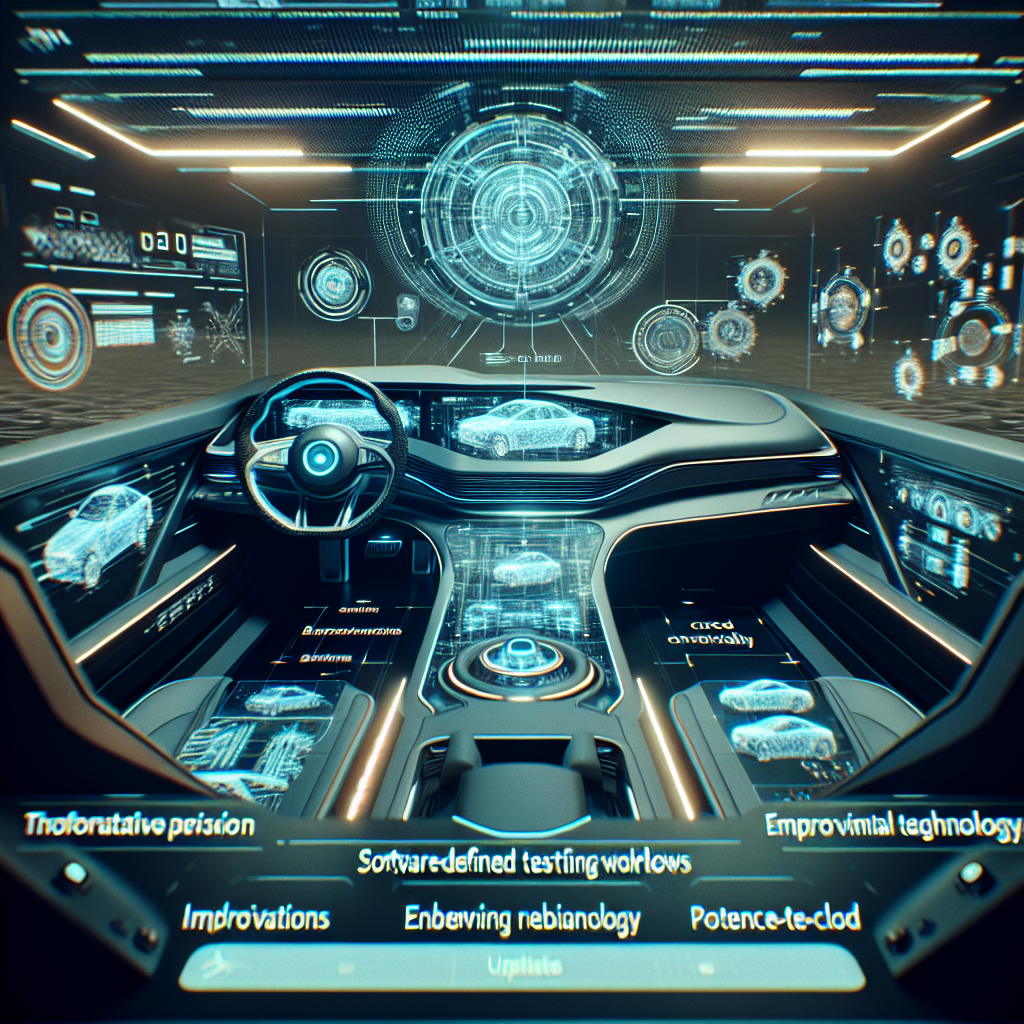
In a significant advancement for software-defined vehicles, Stellantis has unveiled a revolutionary AI-powered testing system for automotive electrical and electronic (E/E) systems, marking a major step forward in the development of connected cars. This new approach promises to dramatically reduce development time while ensuring more reliable over-the-air (OTA) updates for vehicles already on the road [1].
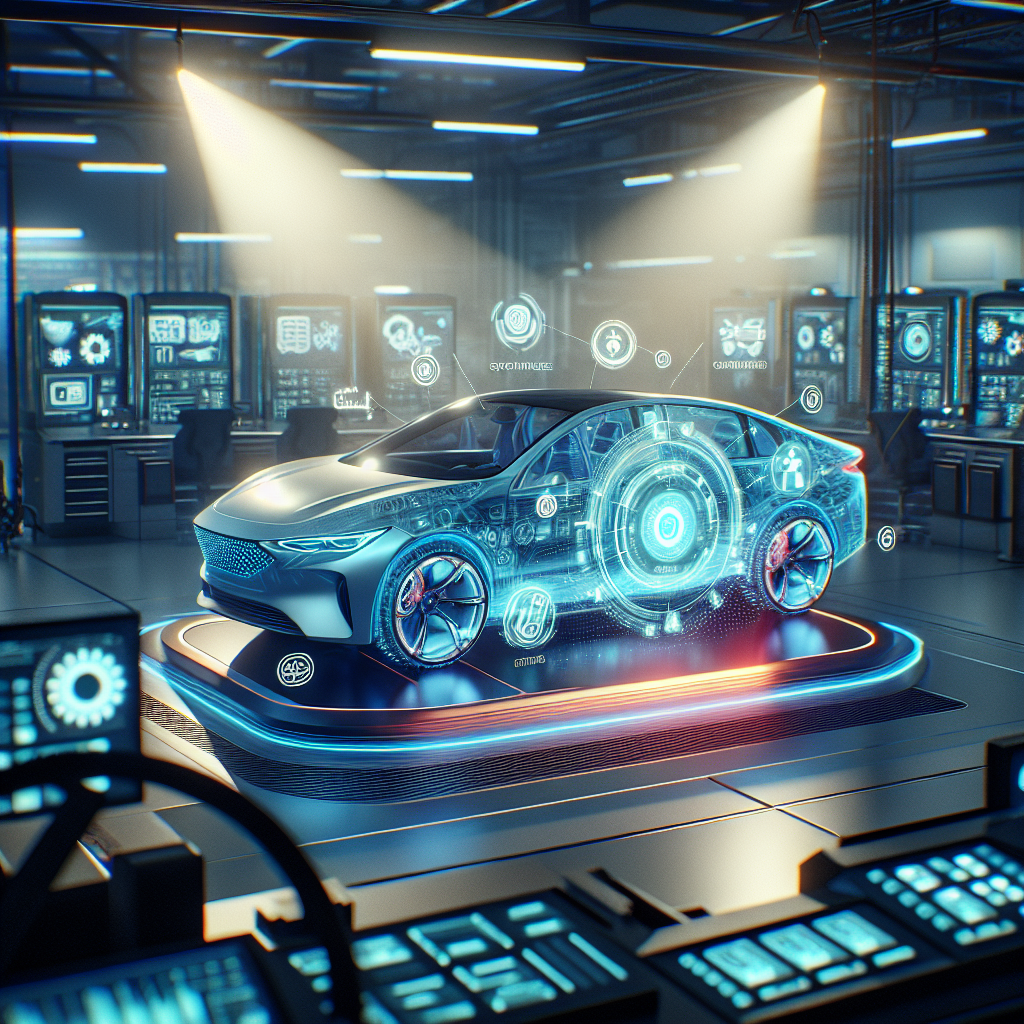
The automotive industry is witnessing a significant shift toward software-defined vehicles, with Polestar leading the charge through a comprehensive update to its flagship SUV. The 2026 Polestar 3 demonstrates how post-purchase capabilities can be enhanced through major technological upgrades, setting new standards for vehicle performance and charging infrastructure.
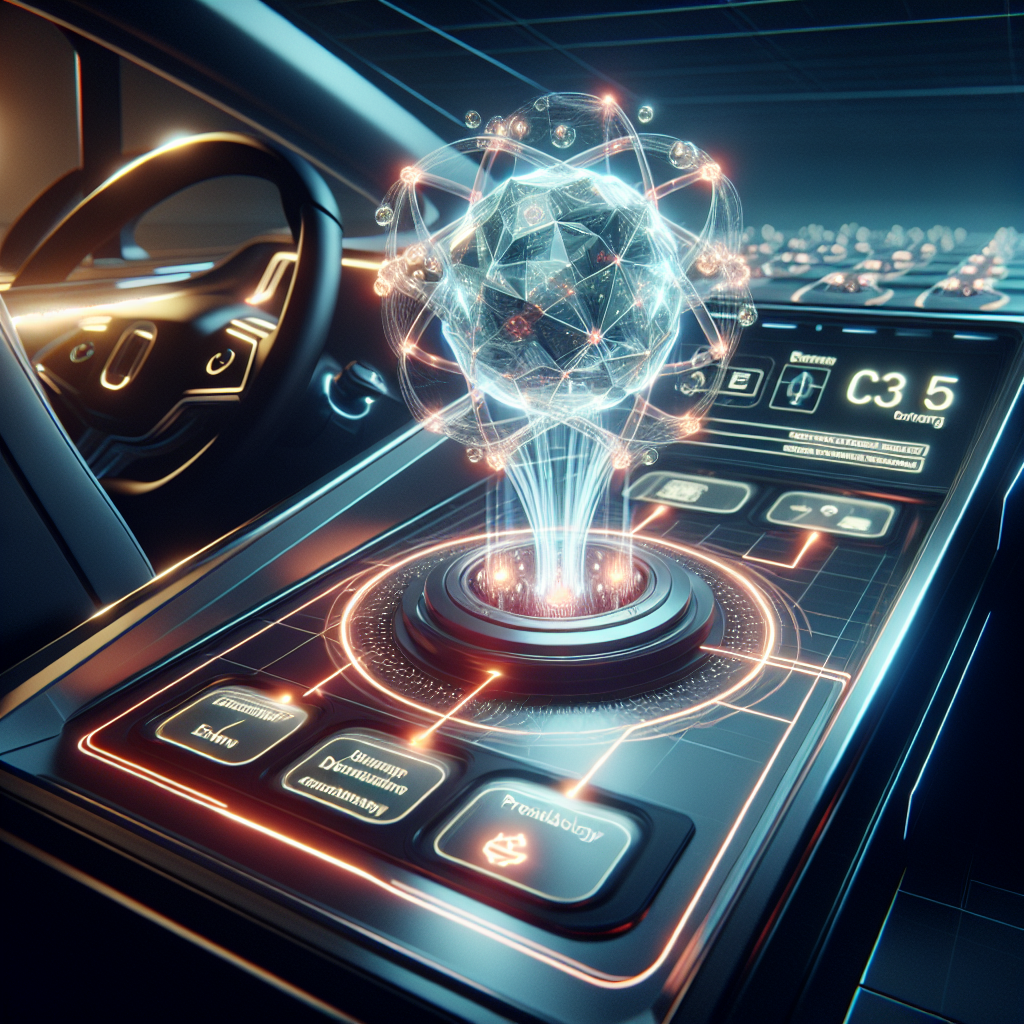
A significant breakthrough in electric vehicle battery technology is emerging as QuantumScape, a leading solid-state battery innovator, joins forces with glass technology giant Corning. This collaboration represents a major step forward in the race to develop and commercialize solid-state batteries, which promise to revolutionize electric vehicle performance and charging capabilities [1].
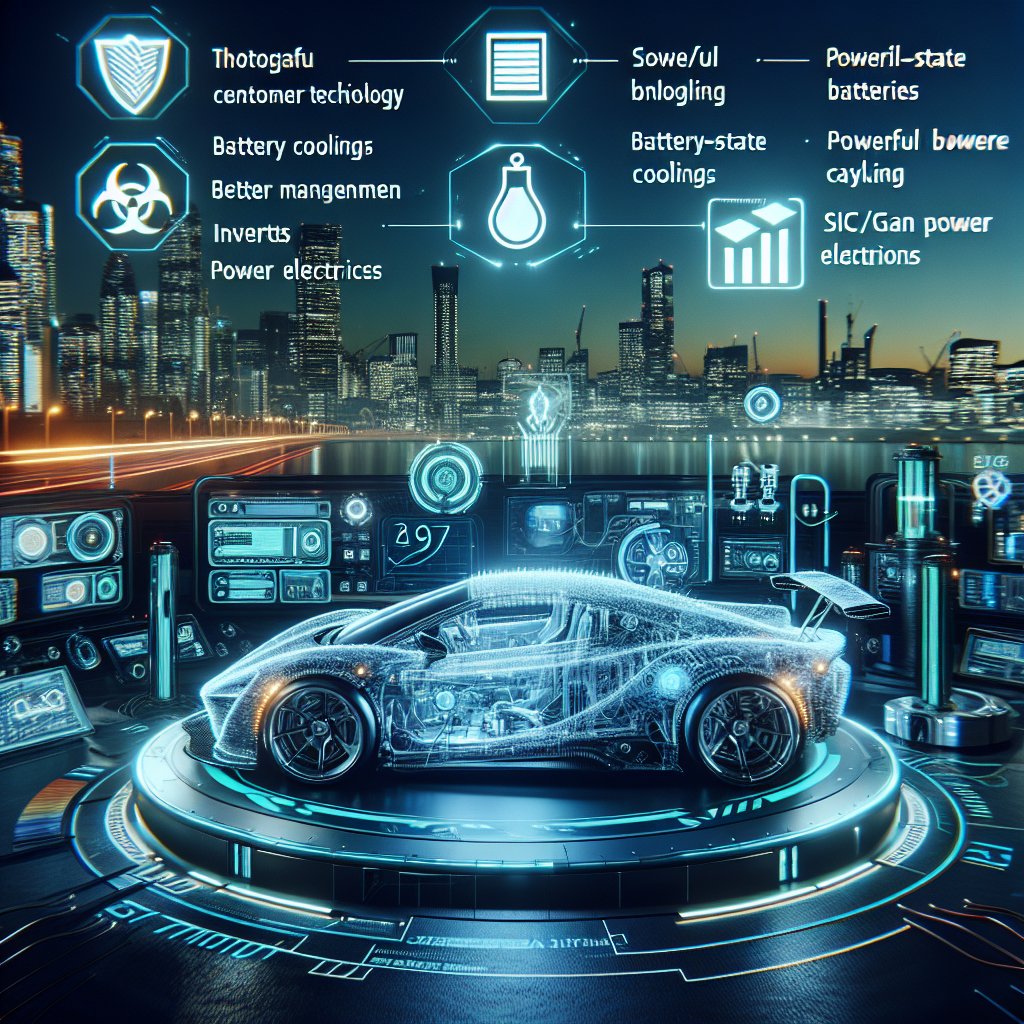
The automotive industry is witnessing significant developments in thermal management and battery technology, with both Formula 1 and consumer electric vehicles seeing major innovations. While F1 grapples with new cooling solutions for drivers, electric vehicle manufacturers are making substantial progress in battery technology and charging capabilities, setting the stage for the next generation of sustainable transportation.
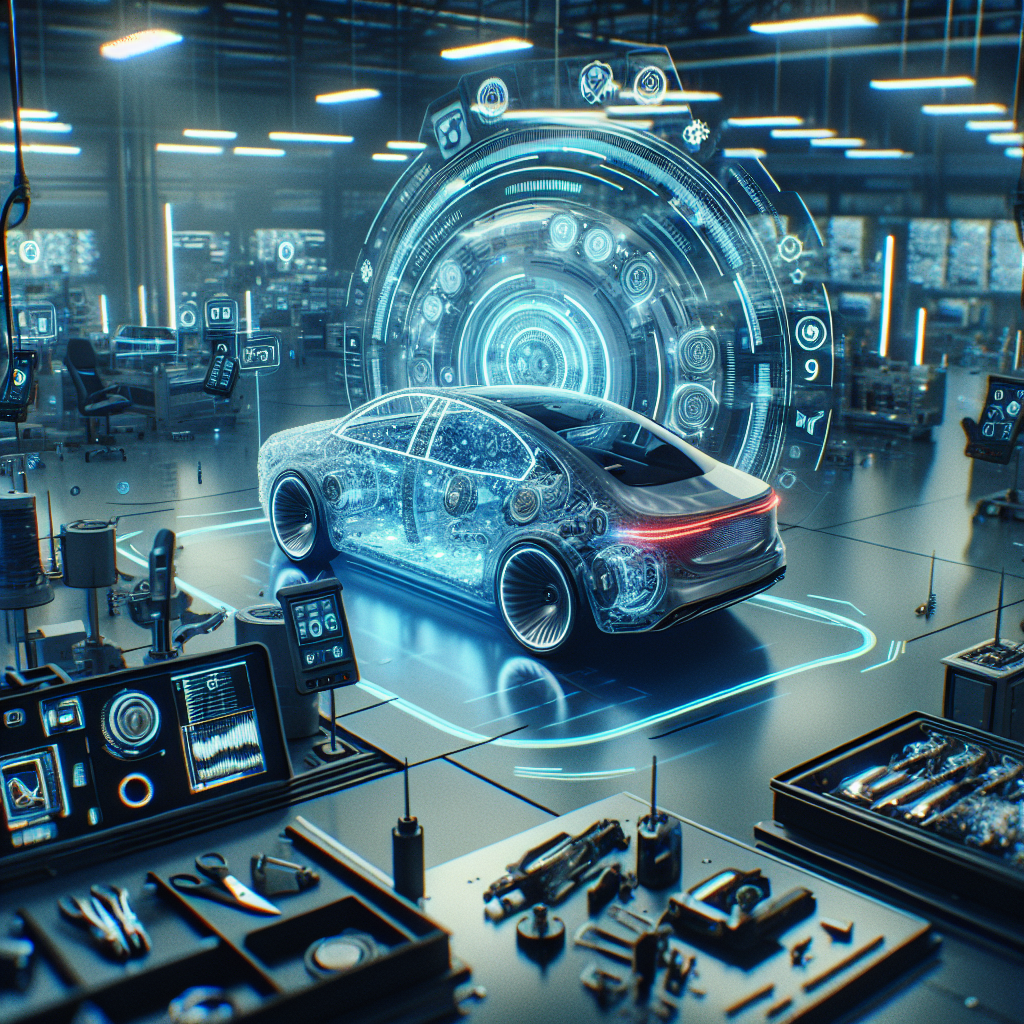
Jaguar Land Rover (JLR) is resuming its global production operations following a devastating cyberattack that forced a complete shutdown of its manufacturing facilities in early September. The British automaker is now working to secure additional funding to recover from the incident's financial impact, while the UK government has stepped in with substantial support to help stabilize the situation.
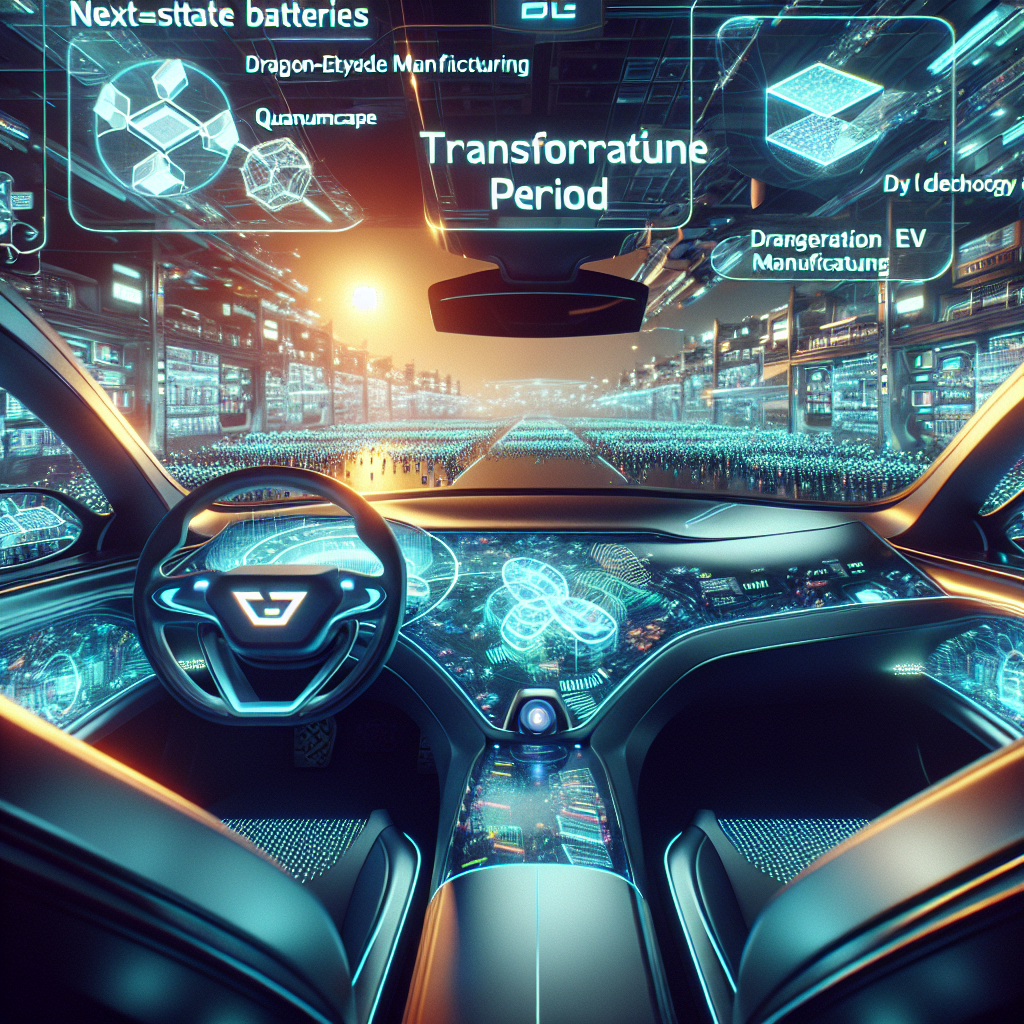
The electric vehicle battery landscape is experiencing a significant transformation as major manufacturers make breakthrough advances in solid-state and dry electrode technology. Leading companies are forming strategic alliances and scaling up production capabilities, signaling a new era in battery manufacturing that promises to deliver improved performance, faster charging times, and enhanced safety features.
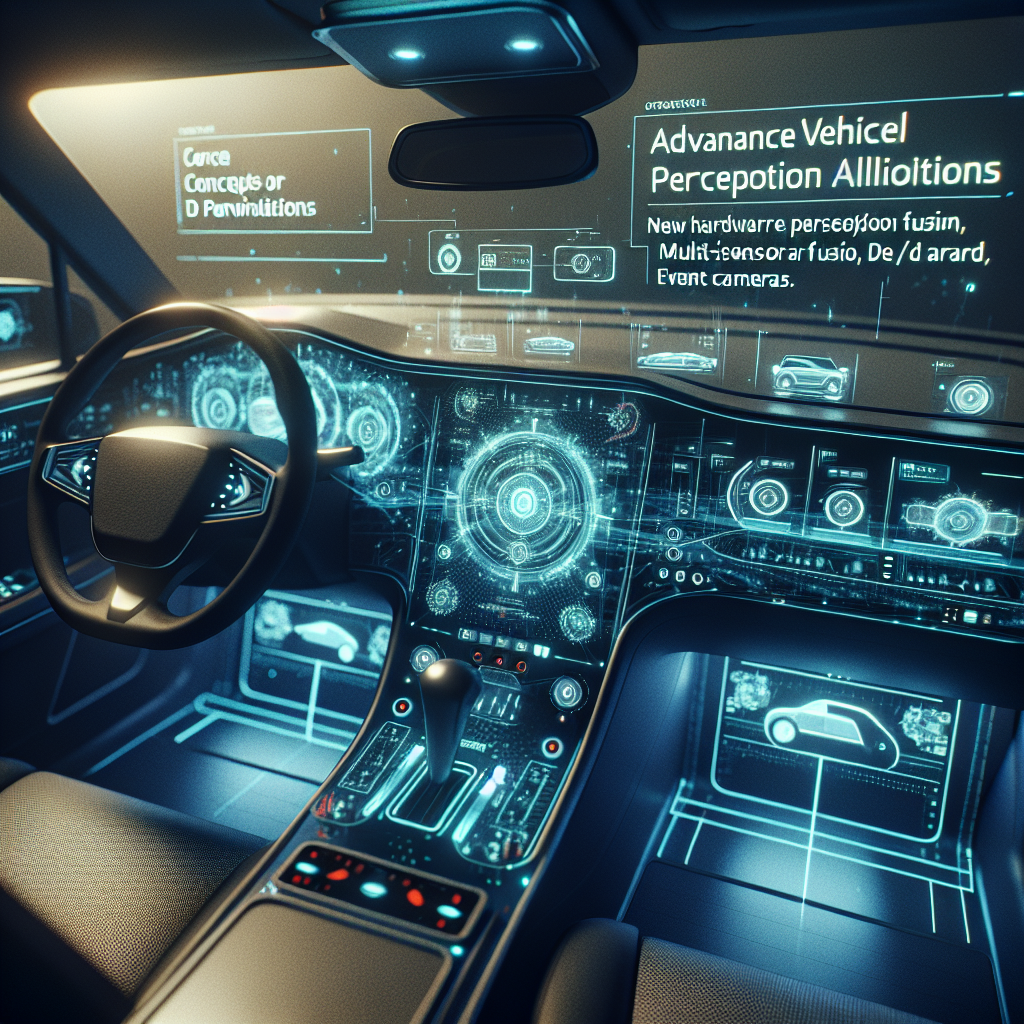
Major automotive manufacturers are making significant strides in vehicle perception technology, with recent developments focusing on enhanced driver assistance systems and software-defined capabilities. These advancements represent a growing trend toward more sophisticated autonomous features and improved safety systems across the industry.
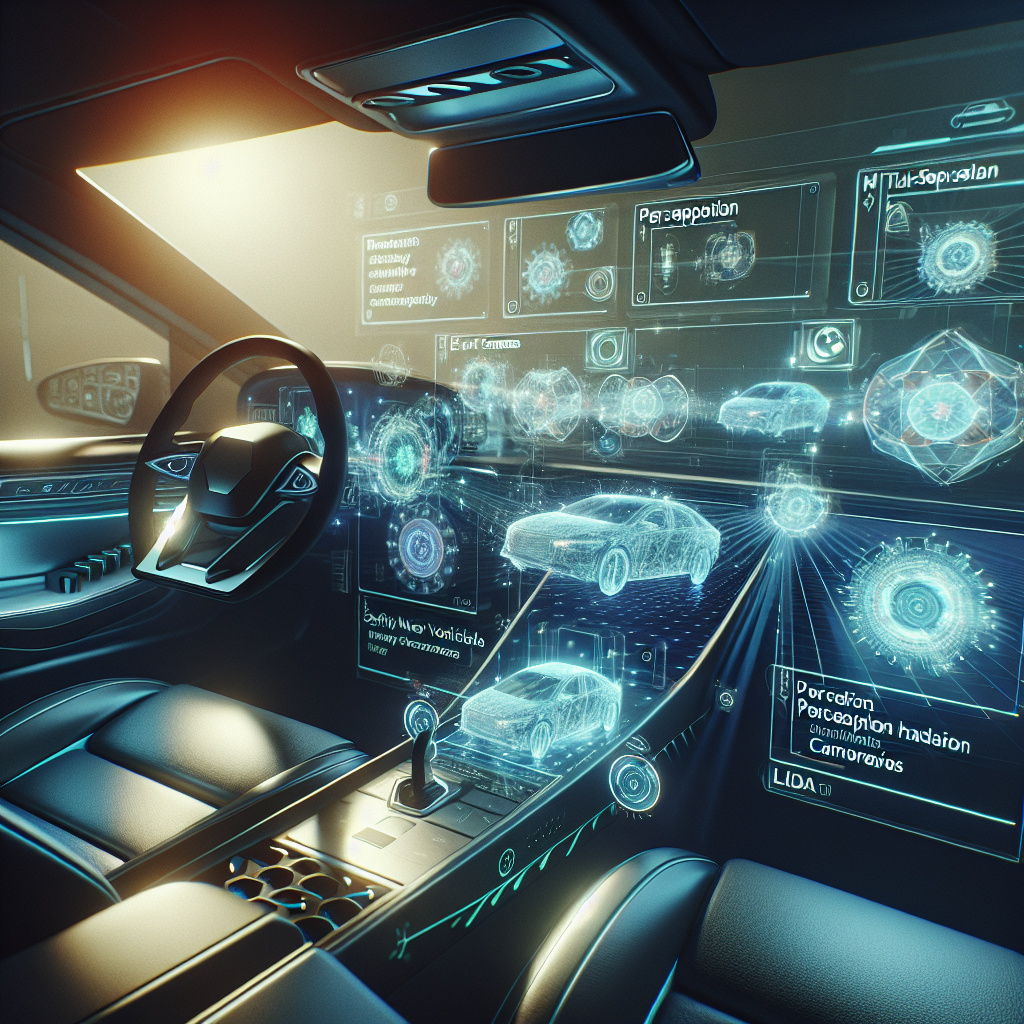
As autonomous driving technology continues to evolve, Tesla has made a controversial move in its latest Full Self-Driving (FSD) software update by apparently encouraging tired drivers to engage the system rather than pull over to rest. This development highlights the ongoing debate about the role of driver monitoring systems and perception technology in vehicle safety [1].
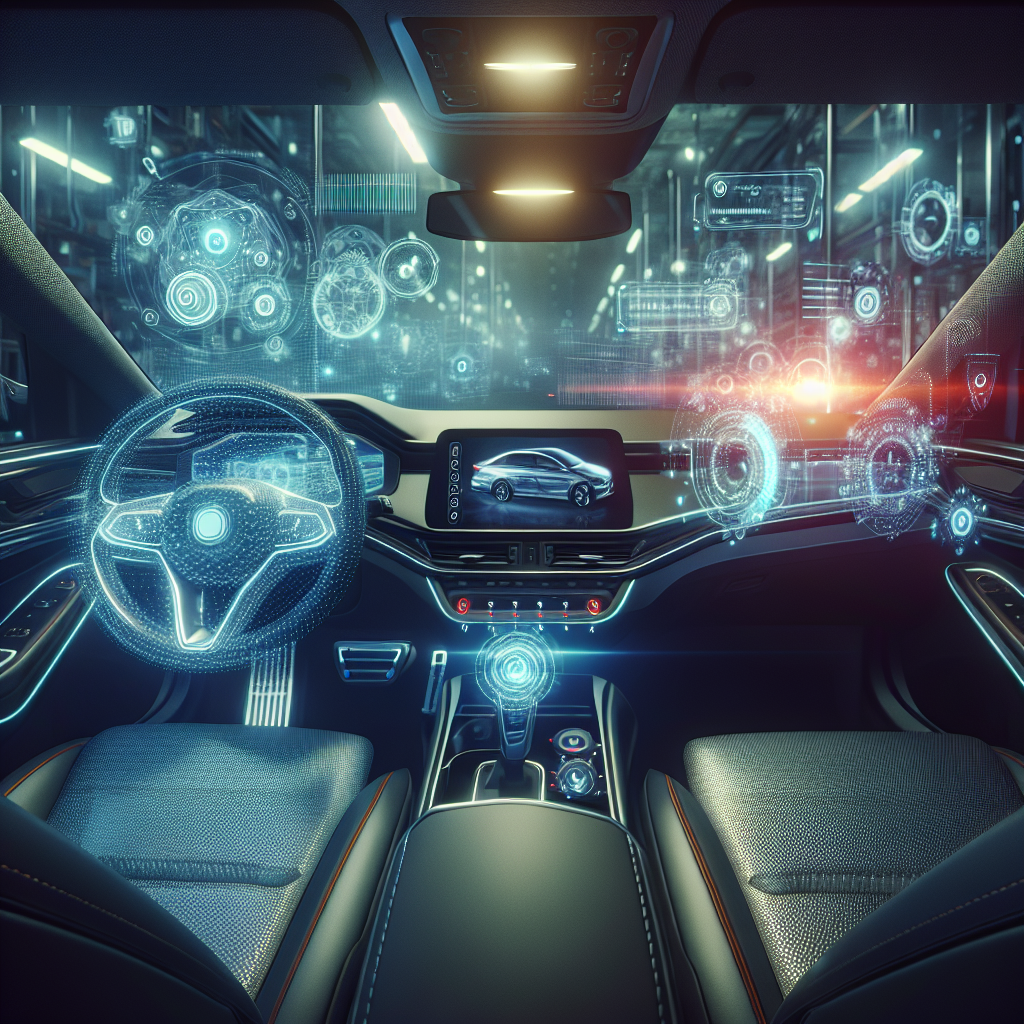
Major electric vehicle manufacturers are rolling out significant updates to their driver assistance systems, marking important developments in autonomous driving technology. While Tesla makes controversial changes to its Full Self-Driving (FSD) system's driver monitoring approach, Rivian introduces enhanced highway assistance features, highlighting the industry's ongoing evolution in advanced driver assistance systems (ADAS).

